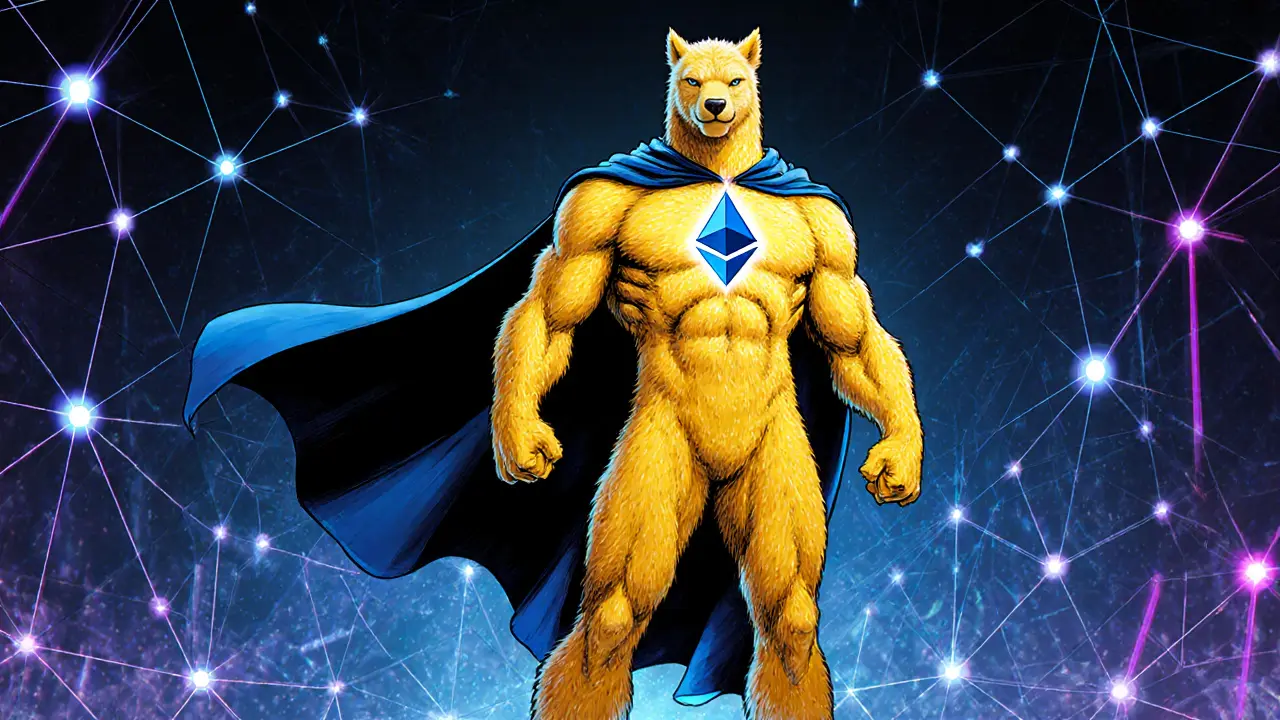Wolf Game Wool (WOOL) Token Explained - What It Is and How It Works
Learn what Wolf Game Wool (WOOL) token is, how it works, its deflationary mechanics, and how to earn and trade it in the play‑to‑earn ecosystem.
When working with play-to-earn, a model where players earn crypto tokens or NFTs by participating in video games. Also known as P2E, it blends gaming mechanics with blockchain economics and lets everyday gamers become micro‑investors.
At the heart of play-to-earn lies GameFi, the sector that merges finance and gaming on decentralized networks. GameFi provides the token economies, liquidity pools, and staking features that make earning possible. In practice, a GameFi title launches its own utility token, lists it on an exchange, and lets players earn that token through quests, battles, or creating in‑game content. This token then becomes a tradable asset, feeding back into the game's economy and attracting more users.
Another key driver is the crypto airdrop, a free distribution of tokens to eligible wallets, often used to kickstart a game's community. Airdrops lower the entry barrier, reward early adopters, and spark viral buzz. Many of the posts in our collection break down how to claim airdrops from projects like Binopoly, Dragonary, and Sonar Holiday, showing exactly what steps you need to avoid scams and maximize rewards.
Meanwhile, NFT gaming, the use of non‑fungible tokens as in‑game items, characters, or land parcels adds scarcity and true ownership to the experience. Players can buy, sell, or trade these NFTs on secondary markets, turning a hobby into a potential revenue stream. The synergy is clear: GameFi creates the token framework, airdrops seed the community, and NFTs provide unique, tradable assets that keep players engaged.
These three entities—GameFi, airdrops, and NFTs—form a feedback loop that fuels the entire play-to-earn ecosystem. GameFi designs the token model, airdrops attract users, and NFTs give those users something tangible to collect and monetize. The loop drives user growth, liquidity, and long‑term sustainability for the games involved.
Beyond the basics, the articles below dive into practical topics you’ll need to master: how to evaluate a P2E project's tokenomics, what security red flags to watch for on new DEXes, and which blockchain (Solana, BSC, or Ethereum) offers the best cost‑effective environment for gamers. Whether you’re chasing free token drops, scouting the next big GameFi title, or learning how to stake earned tokens for passive income, the collection gives you step‑by‑step guidance.
Ready to see real‑world examples, deep‑dive reviews, and actionable checklists? Scroll down to explore the curated posts that break down every angle of the play-to-earn world.

Learn what Wolf Game Wool (WOOL) token is, how it works, its deflationary mechanics, and how to earn and trade it in the play‑to‑earn ecosystem.